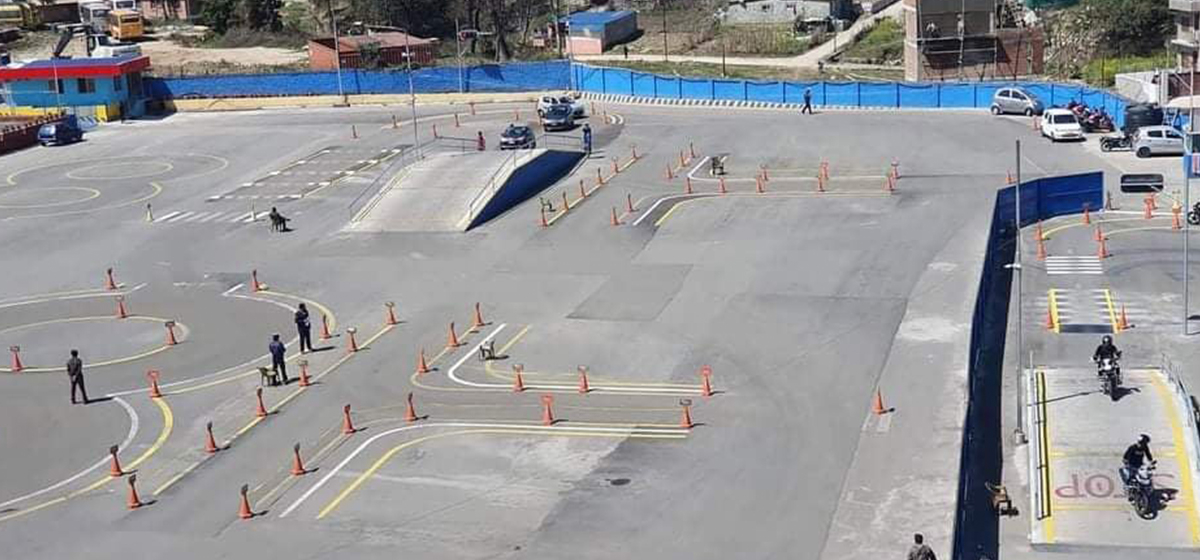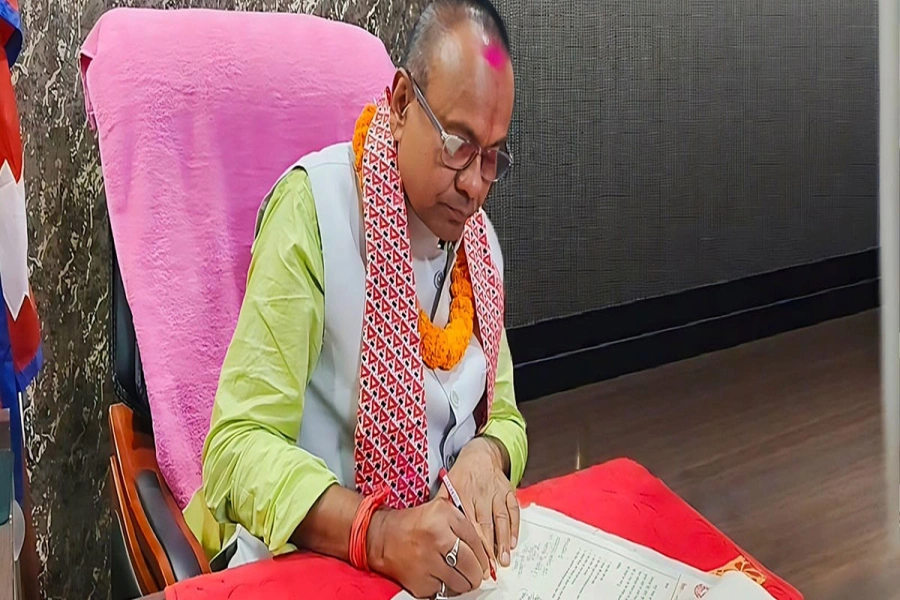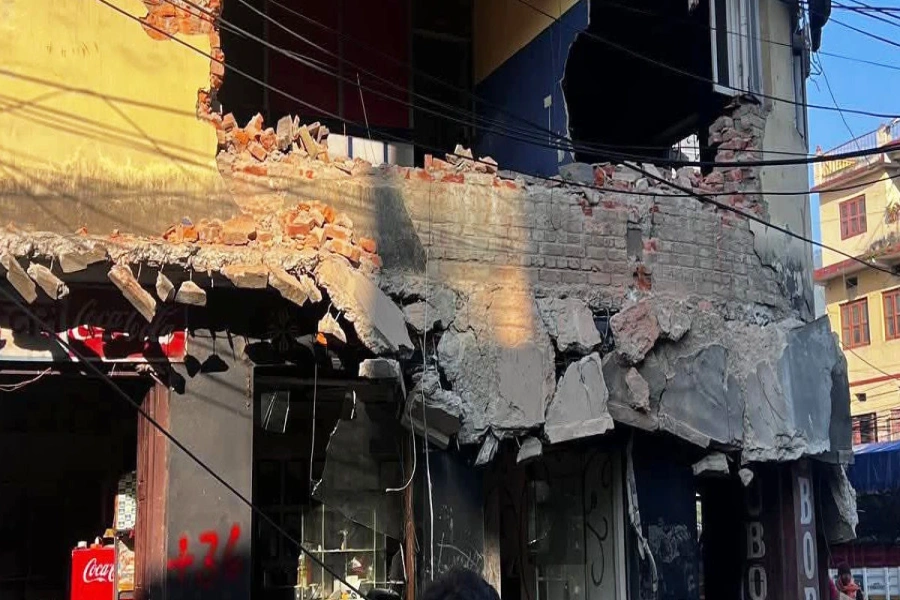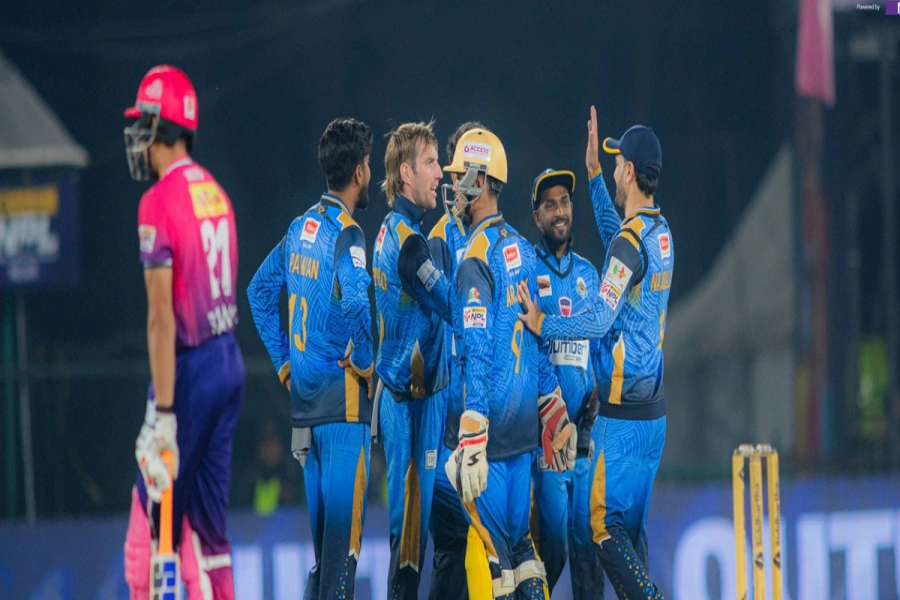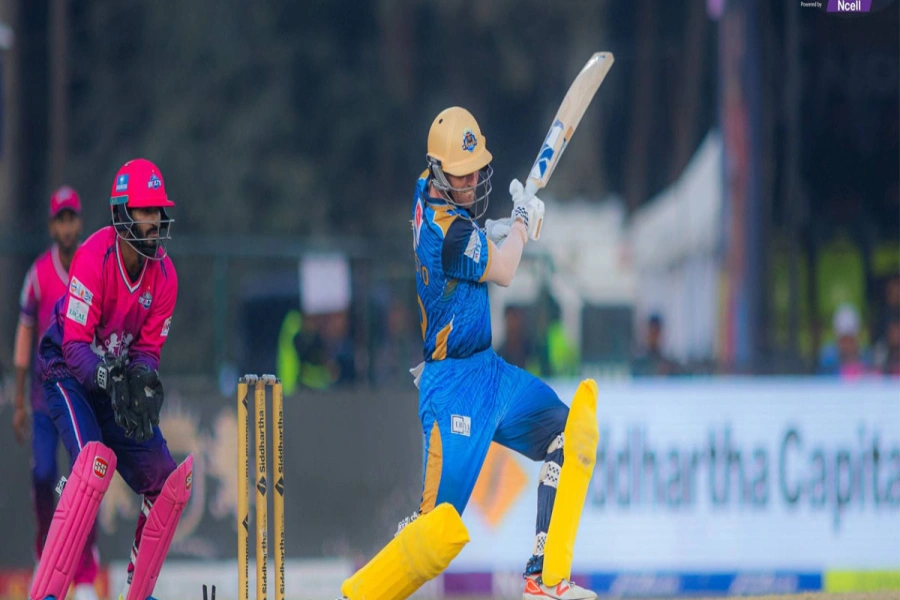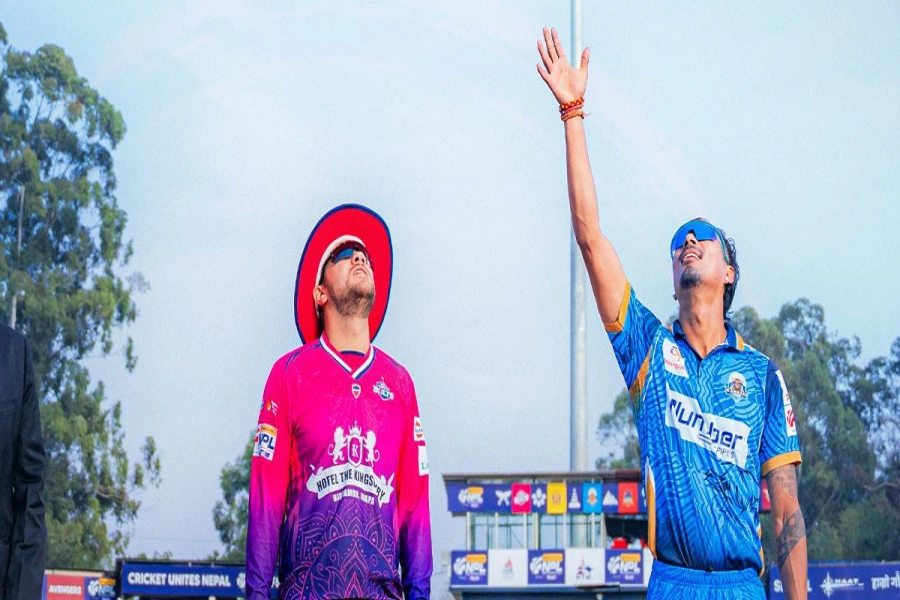Rehabilitation centers remain rampant in lack of effective monitoring
KATHMANDU, July 23: The drugs treatment and rehabilitation centers mushrooming along with the increment in drug users across the country have remained rampant in lack of effective monitoring, governance and required guidelines, risking the lives of the thousands of patient.
According to Central Bureau of Statistics, the annual growth rate of illicit drug users is mounting by 11.36 percent, paving adequate grounds for operating such drug treatment and rehabilitation centers.
“The drug treatment and rehabilitation centers, which are meant for cares and cures of such illicit drugs users to reduce their use and dependence, have been rudderless due to a lack of proper government policies,” Karma Sherpa, the President of Federation of Drug Demand Reduction (FDDR), an umbrella organization of such centers, said.
Last year, Narcotic Control Branch under the Ministry of Home Affairs had begun monitoring of such centers in Kathmandu valley but unfortunately the campaign was limited to five centers only.
The ministry team, however, had diagnosed that those centers were not operated as per the Drug treatment and Rehabilitation Centers Operation Directive, 2068. Not only the layout and physical infrastructure, security measures, human resources, caring modality were found vulnerable but also were found to have created additional problems for the patients.
“During our surprise inspection in some centers in Kathmandu valley, we were astonished to see male and female drug addicts rehabilitated under the same roof,” Under Secretary Phadindra Mani Pokharel, who heads the Narcotic Control Branch at the ministry, said.
Unfortunately we could not continue inspection in other centers in lack of adequate manpower, budget, proper location and other related information; the Under Secretary Pokharel said adding.
At present there are more than 160 drug treatment and rehabilitation in Nepal, including 75 to 80 centers operated only in Kathmandu valley, according to FDDR, that affiliates over 103 centers across the country. But the numbers of those centers have been limited to 61 in government records.
The number of drugs users rehabilitating in those centers is thousands in number and apparently over 50,000 drug users have already received rehabilitation services from those centers that treats harmful use of psychoactive or addictive drugs, few of them sharing needles to inject drugs.
According to a survey carried out by FDDR in 2015, approximately 10,000 patients were treated in 20 different treatments and rehabilitation centers in Kathmandu, about 30 percent of them were people who injected drugs, few others were alcoholic.
Bishnu Sharma, an experienced campaigner against drugs use, who is now associated with Recovering Nepal, a national network of people who use Drugs & drug service organizations, expressed serious dissatisfaction over the government long-neglected approaches to address the vulnerable situation in Nepal.
“The government does not seem to have any long term plan to regulate those centers for the effective treatment and care of drug users,” Sharma said. A small branch under the ministry, cannot alone tackle growing challenges related to management of rehabilitation centers, counsel and treat drug users, the expert said and sought a special department comprising of senior authority, professionals and experts related.
The Home Ministry official Pokharel said, “It is impossible to regularly monitor or regulate all those centers unless there are amendments in policies and reshuffle the department related.”
The ministry officials also remained obstinate about the operators for most of them denied repeated attentions from the government. “Over 90 percent of those operators are former drug users and unaware about the legal frames, relations and human rights issues.”
Drug treatment and Rehabilitation Centers Operation Directive, 2068, has clear guidelines related but very few of them have followed them, Under Secretary Pokharel said.
The directive have instructed to operate such centers in at least one ropani of land with compound, peaceful environment, accommodate 30-35 people in center, security round the clock. Similarly the directive has also sought the need of hiring medical doctors or physician, psychiatrist, TU affiliated counsellor, provisions of compensation in case of casualties due to negligence among others.
Because of the proper government policies, some care and treatment centers have been charging huge amounts to the victim families and some of them even misusing government manpower and influence, the experts alleged.
Rehabilitation centers rudderless for lack of monitoring












